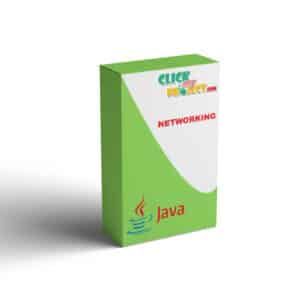On the Security and Efficiency of Content Distribution Via Network Coding
₹2,500.00
10000 in stock
SupportDescription
Content distribution via network coding has received a lot of attention lately. However, direct application of network coding may be insecure. In particular, attackers can inject “bogus” data to corrupt the content distribution process so as to hinder the information dispersal or even deplete the network resource. Therefore, content verification is an important and practical issue when network coding is employed. When random linear network coding is used, it is infeasible for the source of the content to sign all the data, and hence the traditional “hash-and-sign” methods are no longer applicable. Recently, a new on-the-fly verification technique is proposed by Krohnetal. (IEEE S&P ’04), which employs a classical homomorphic hash function. However, this technique is difficult to be applied to network coding because of high computational and communication overhead. We explore this issue further by carefully analyzing different types of overhead, and propose methods to help reducing both the computational and communications cost, and provide provable security at the same time.





